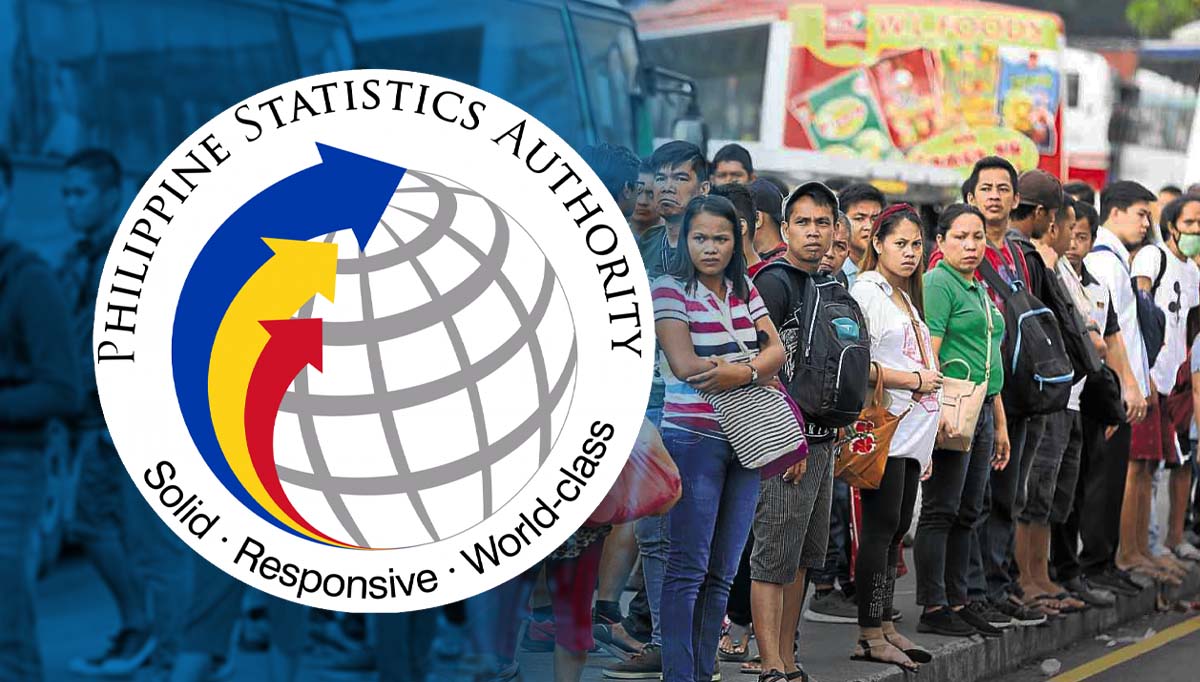
Philippine Statistics Authority | INQUIRER.net FILE PHOTO
The Philippine Statistics Authority (PSA) wanted to update further its database of population for a more accurate and inclusive list which aims to help the government to identify qualified beneficiaries for its social protection initiatives through community-based monitoring.
The PSA combined the conduct of Census of Population (POPCEN) with the Community-Based Monitoring System (CBMS) operations to capitalize government resources and to avoid fatigue to respondents ahead of the original schedule in 2025.
READ: Jobless rate rises to 4.1% in May — PSA
“The 2024 POPCEN-CBMS data will provide us updated population counts for all barangays in the country, an updated list of beneficiaries of government social protection programs,” statistician of the Censuses and Technical Coordination Office, Minerva Eloisa Esquivias said in a statement during a press briefing on Tuesday.
Beginning on July 15, the PSA is set to deploy more than 70,000 enumerators all over the country to conduct house-to-house interviews of which the interview is expected to take from 45 minutes to 1 hour each household.
The statistics agency projected about 27 million households that will be surveyed for the activity across the country.
The budget for the project amounted to P5.2 billion, according to National Statistician Claire Dennis Mapa.
Mapa also said that this will help the government to have accurate data of the country’s population count especially in implementing crisis management plans such as cash assistance programs during a crisis.
READ: Inflation slows to 3.7 percent in June — PSA
The PSA also seeks to improve the number of Filipinos who are birth registered. As of September 2020, birth registration stood at 96.6 percent while 3.4 percent are not registered or about 3.7 million Filipinos.
“Our expectation is that by 2024, 99.9 percent of our citizens should be registered at birth,” Mapa said in a press briefing.
Final population count and CBMS will be completed by December and will be submitted to the National Economic Development Authority for the identification of vulnerable households.
Neda Secretary Arsenio Balisacan highlighted the benefits of the data collection system that will be used for planning, program implementation and impact- monitoring at the local level.
“Collected information on health, education, employment, and other sectors informs us about the needs and priorities of our communities. The data will also help identify the vulnerable sectors and communities that require immediate support and socioeconomic interventions,” Balisacan said in a statement.

